15 Blooms That Turn Vibrant as Temperatures Drop
As the seasons change and the air turns cooler, it’s easy to think that gardening season is over. However, the colder months can bring a surprising burst of color and vibrancy to your outdoor space. Some plants, when the temperatures drop, come to life in a way that’s nothing short of magical. With flowers that thrive in cool weather, your garden can stay colorful long after the last of the summer blooms have faded. The best part? These hardy flowers become even more vibrant in cooler temperatures. Their ability to endure the chill means that your garden can stay lively and beautiful throughout the colder months.
This post may contain affiliate links, which helps keep this content free. Please read our disclosure for more info.
Pansies

Pansies are an ideal flower for adding a splash of color to your garden as temperatures drop. As the weather cools, their vibrant colors, such as deep purples, fiery reds, and sunny yellows, become even more vivid, making them perfect for fall and winter gardens.
These blooms are known for their cold tolerance and are often one of the first flowers to bloom in cooler weather. Pansies thrive in both containers and garden beds, and with a little care, they can last well into the winter, offering continuous color through colder months.
Mums (Chrysanthemums)
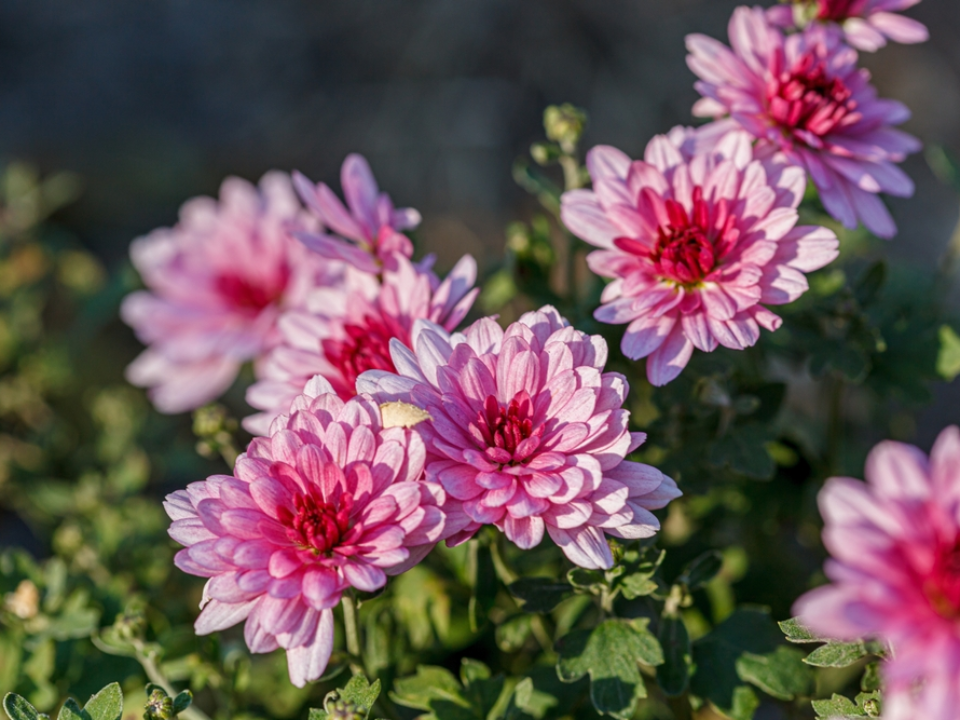
Mums are a fall staple that grow in an array of vibrant hues, from deep purples to fiery reds and warm golds. As temperatures drop, the colors of these blooms intensify, providing your garden with bold, lasting color during the autumn season.
These flowers are easy to grow and are perfect for both containers and garden beds. Mums are quite hardy, often surviving through chilly temperatures, and they bloom in late fall, making them a reliable choice for color when many other plants are beginning to fade.
Violas
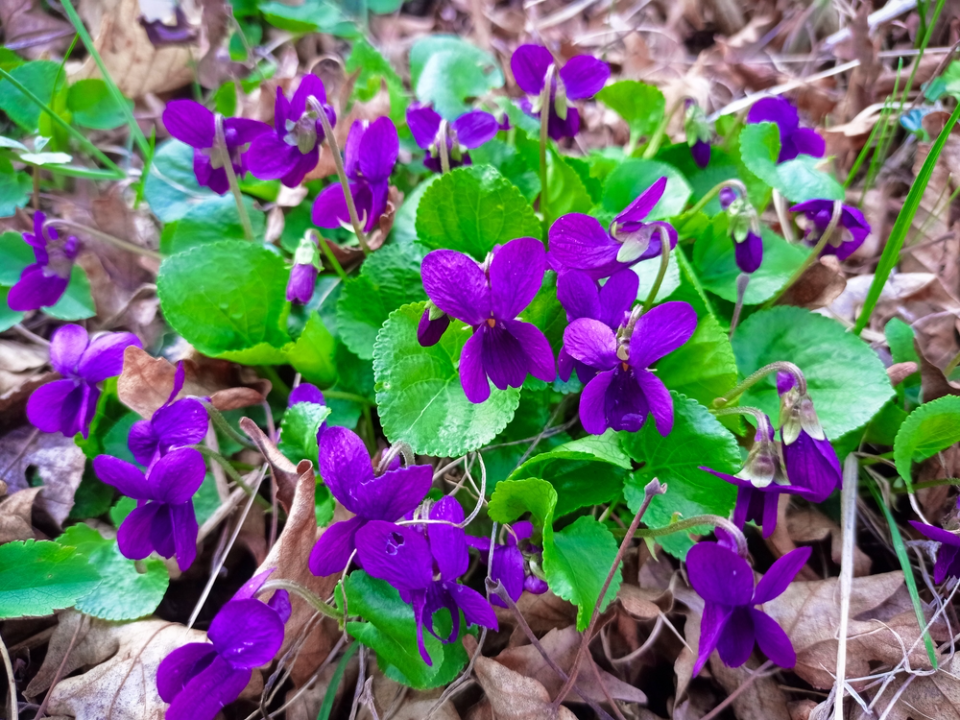
Violas are small yet vibrant flowers that brighten up gardens as temperatures fall. Their cheerful colors, including shades of purple, blue, and white, intensify in cooler weather, making them a delightful choice for winter gardens.
These hardy flowers thrive in cooler temperatures and can survive light frosts, allowing them to bloom well into winter. They are great for adding color to containers, hanging baskets, and flower beds, creating cheerful accents around your home during the colder months.
Crocus
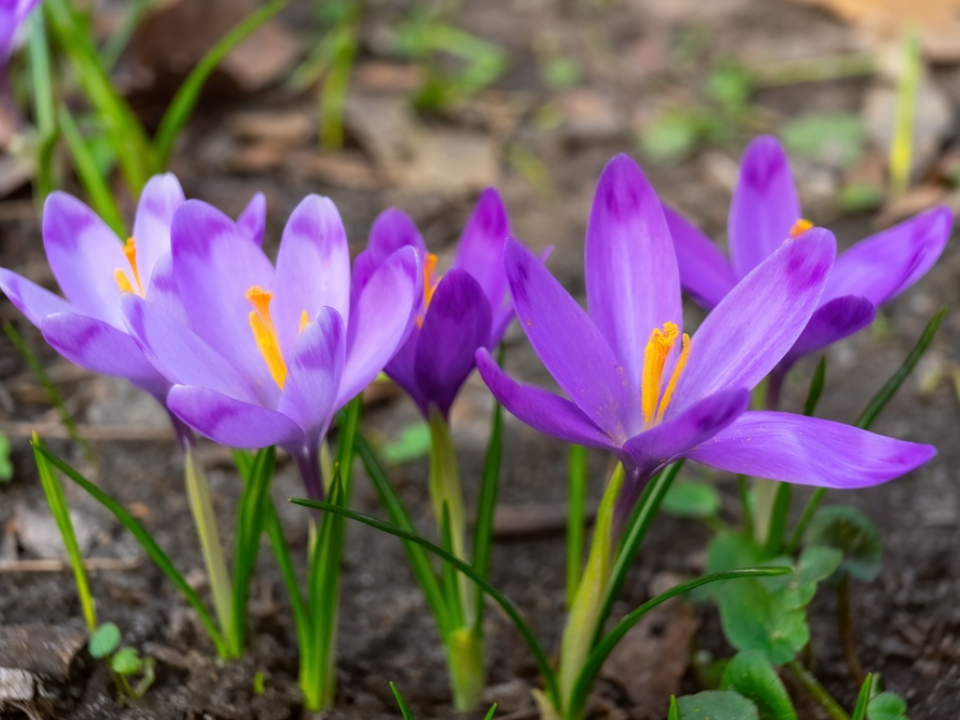
Crocuses are one of the first signs of spring, but they can bloom even as temperatures drop in early winter. Their small, delicate flowers, often in shades of purple, yellow, and white, add a burst of color to gardens, especially in early spring when little else is in bloom.
These early bloomers are known for their cold-hardiness, often popping up through light snow and frost. Crocuses are perfect for adding color to lawns, garden beds, and even under trees, where they can emerge in the harshest of conditions.
Hellebores (Lenten Roses)

Hellebores, commonly known as Lenten roses, are stunning winter blooms that thrive in cooler temperatures. Their unique flowers, in shades of pink, purple, white, and even green, become more vibrant and striking in the chill of winter.
These perennial flowers are perfect for shady areas, making them a great choice for garden beds that are protected from harsh winter winds. Hellebores can bloom as early as December, offering beauty and color when most other plants are dormant.
Winter Jasmine

Winter jasmine is a hardy shrub that blooms with bright yellow flowers in the middle of winter. These cheery blooms are known for adding warmth to cold landscapes, standing out against the often bare branches and snow-covered ground.
This fast-growing vine is great for climbing fences, walls, or trellises, but it also does well in containers. Winter jasmine’s ability to bloom early and persist through cold temperatures makes it a great option for gardens that need color in the darkest months of the year.
Snowdrops
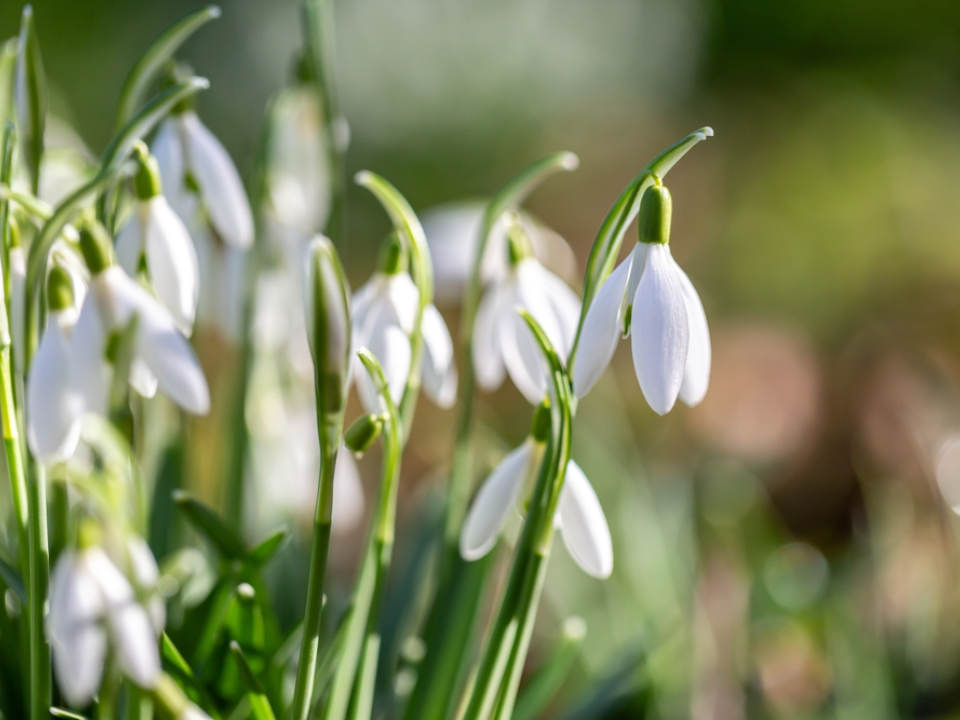
Snowdrops are some of the earliest flowers to appear, often blooming when the ground is still covered in snow. Their delicate, white petals provide a striking contrast to the winter landscape, symbolizing hope and renewal as they emerge through the frost.
These tiny flowers are resilient, with their blooms often appearing even when temperatures are still quite cold. Snowdrops are perfect for naturalizing in lawns or along garden paths, offering a gentle touch of elegance to early winter gardens.
Cyclamen

Cyclamen is a winter-blooming plant that thrives in cool temperatures. With its vibrant pink, purple, or white flowers and heart-shaped leaves, cyclamen adds a delicate and colorful touch to any garden during the colder months.
These plants do well in shaded areas, making them ideal for under trees or in pots on patios. Cyclamen can also thrive indoors, allowing you to enjoy their beauty in both garden and home settings through the winter season.
Camellias

Camellias are elegant, winter-blooming shrubs that produce large, rose-like flowers in shades of pink, red, and white. Their blooms appear during the colder months, adding a sophisticated touch of color to your garden when most other plants are dormant.
These evergreen shrubs are hardy and can thrive even in the chill of winter. With glossy dark green leaves and stunning flowers, camellias provide a backdrop of beauty and structure for gardens, even when the temperature drops.
Primroses
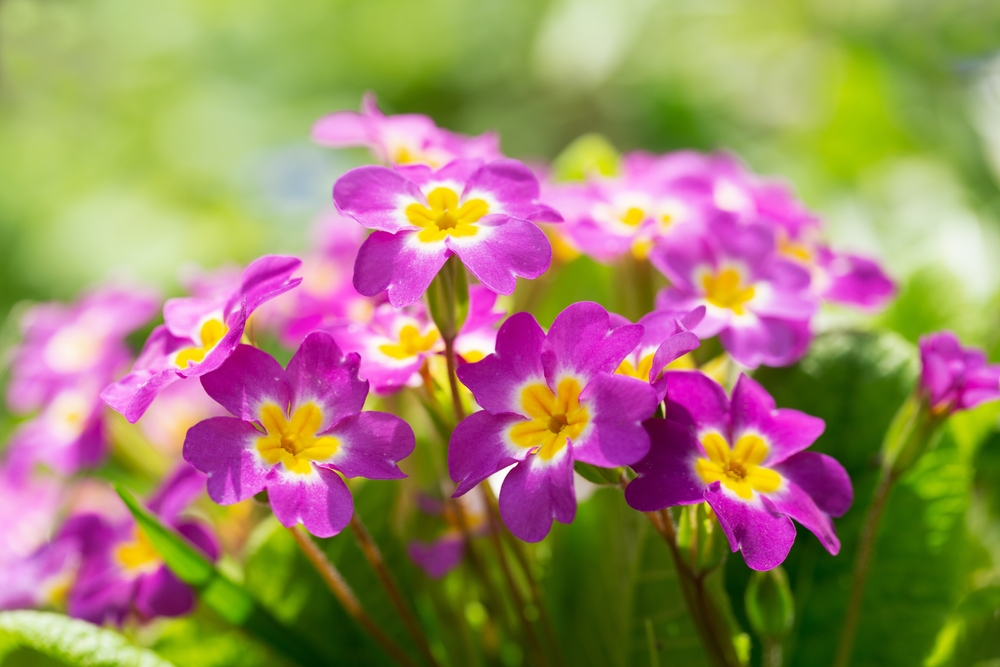
Primroses are hardy flowers that begin to bloom as the weather cools, often offering a range of bright colors, including yellow, pink, purple, and white. As temperatures drop, their colors become more vibrant, making them a delightful addition to your garden in fall and winter.
These low-maintenance flowers are perfect for flower beds, containers, and hanging baskets. Primroses can tolerate light frost, and with the right care, they will continue to bloom throughout the cooler months, providing a burst of cheerful color.
Dianthus
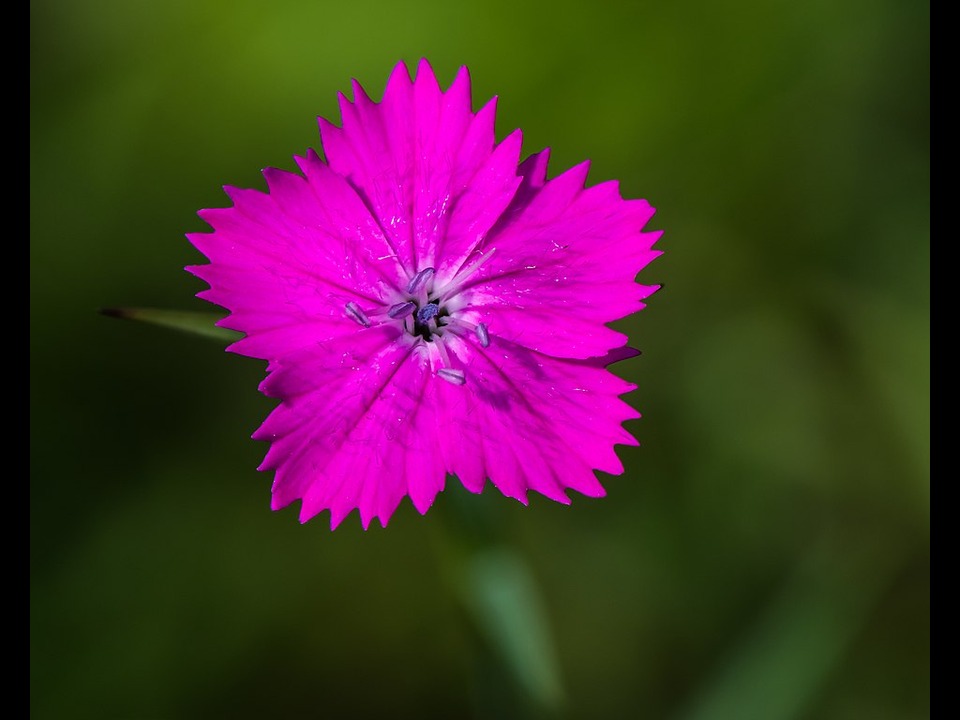
Dianthus, commonly known as carnations or pinks, thrives in cooler temperatures and offers striking blooms in vibrant shades of red, pink, purple, and white. As the weather cools, the flowers take on a deeper, richer hue, making them an excellent choice for winter color.
These hardy plants grow well in both containers and garden beds, making them versatile for various garden styles. Dianthus is perfect for adding a burst of color during the fall and winter months when many other flowers have faded.
Lavender
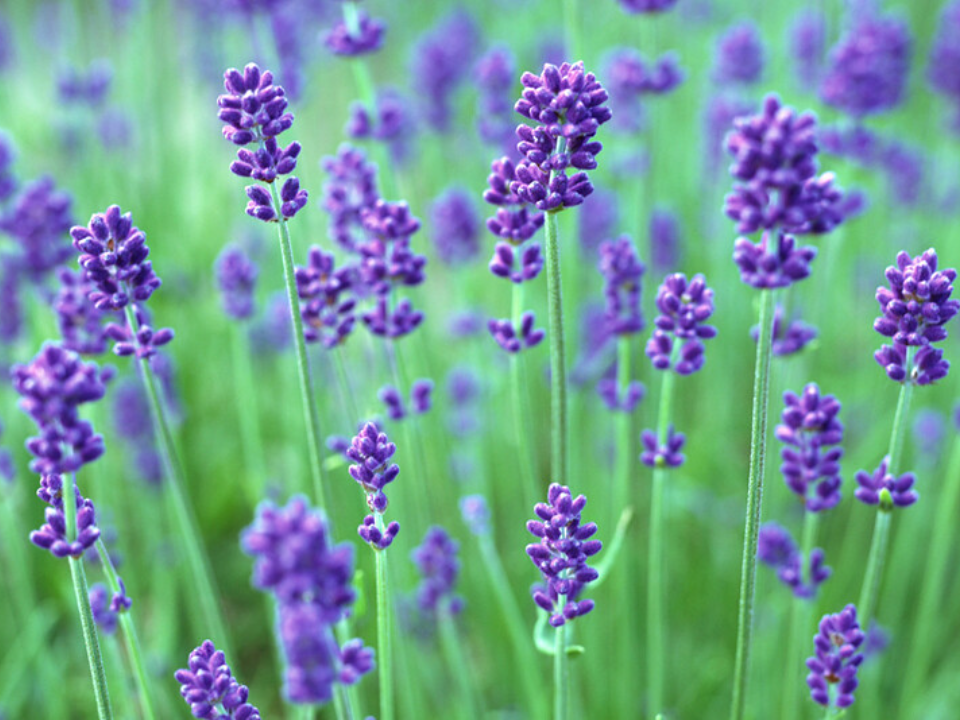
Lavender is known for its aromatic fragrance and its beautiful purple blooms, which appear even during cooler temperatures. The flowers of lavender become more intense in color as the weather drops, making it a great option for fall and winter gardens.
Lavender thrives in well-drained soil and can tolerate frost, allowing it to continue blooming throughout the colder months. Whether grown in containers or garden beds, it adds both beauty and fragrance to your winter garden.
Sweet Alyssum
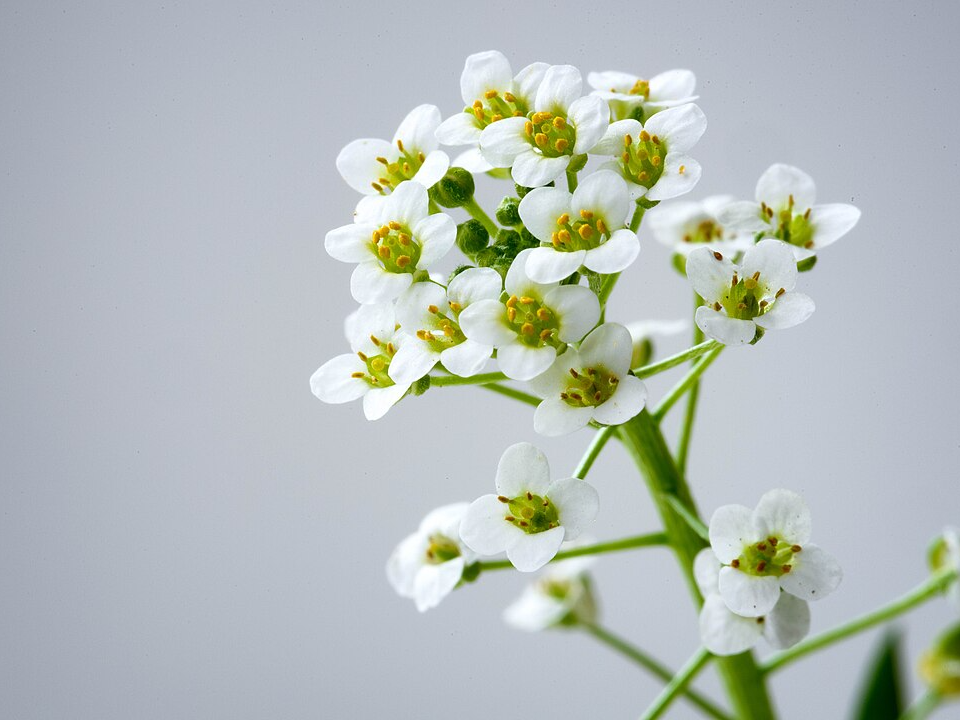
Sweet Alyssum is a compact, hardy flower that thrives in cooler weather, offering a pleasant fragrance and vibrant blooms in shades of white, purple, and pink. As the temperature drops, the flowers become even more colorful, making them a great choice for winter gardens.
These flowers grow well in containers, hanging baskets, and along garden paths, offering a blanket of color in the cooler months. Sweet Alyssum is also known for its resilience to light frost, allowing it to bloom throughout the fall and winter.
Nasturtiums

Nasturtiums are versatile and colorful flowers that thrive in cooler temperatures. Their bright, warm hues of red, orange, and yellow stand out, and as the weather cools, their blooms become even more vibrant, adding a pop of color to your garden.
These plants are ideal for adding to hanging baskets or garden beds and can tolerate light frosts, allowing them to bloom well into the colder months. Nasturtiums not only brighten up your garden, but they also attract beneficial insects, making them great for overall garden health.
Foxgloves
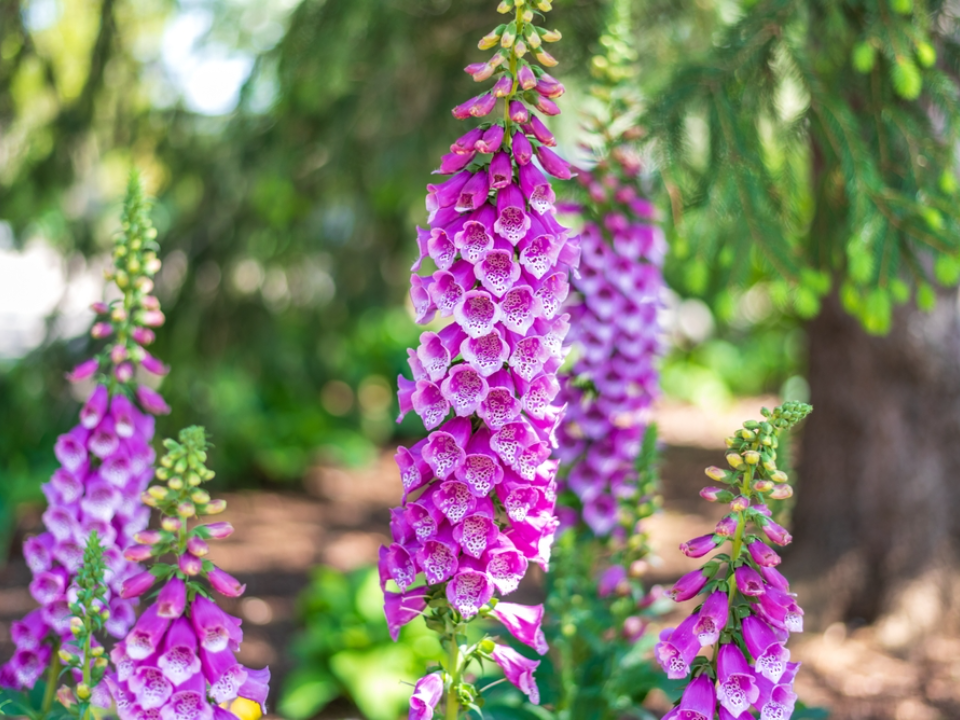
Foxgloves are elegant, tall plants that produce large, tubular flowers in a range of colors, including purple, pink, and white. As temperatures drop, these flowers become even more intense in color, making them perfect for adding height and vibrancy to your winter garden.
Foxgloves prefer cooler climates and are often found blooming well into the fall and early winter months. They can be grown in both sunny and partially shaded areas, offering versatility in garden placement.
This article originally appeared on Avocadu.
